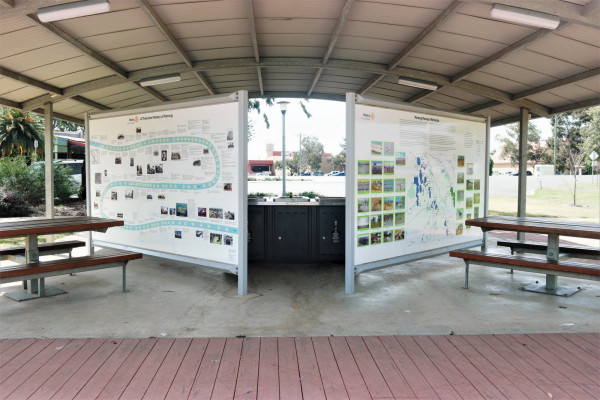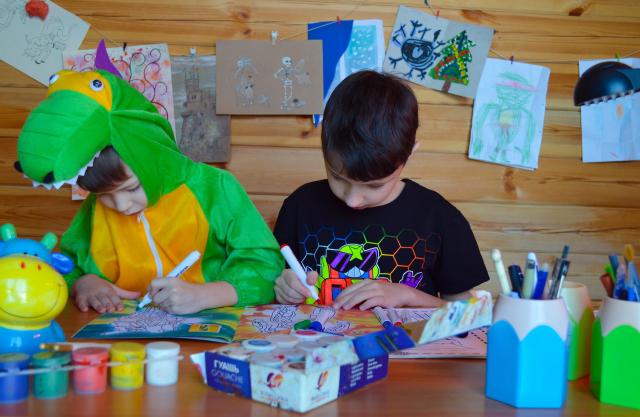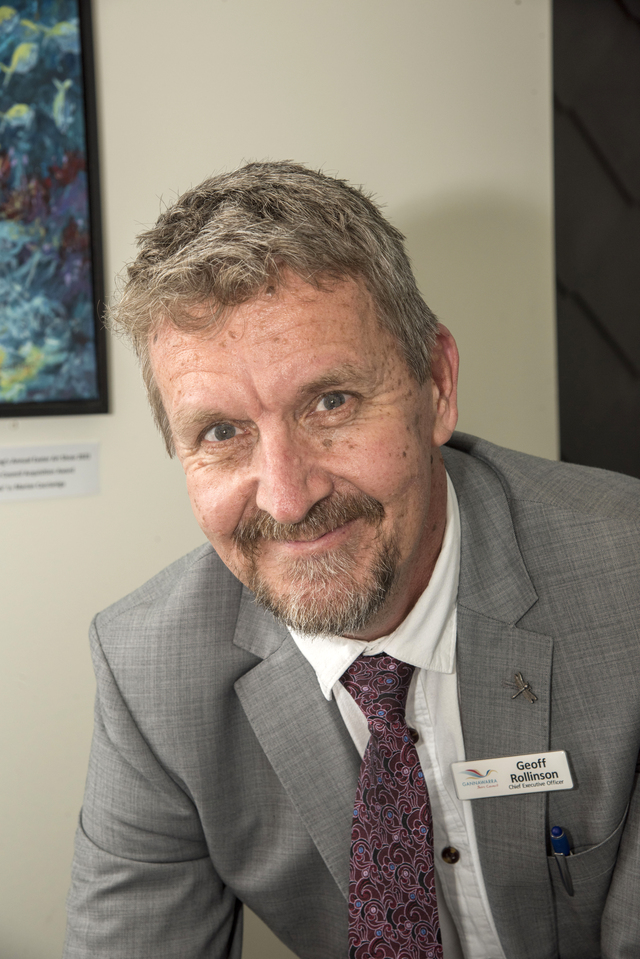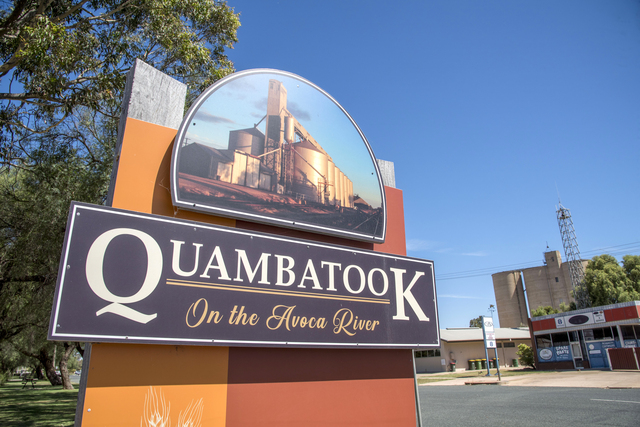Wetlands message
NOT all locals, let alone visitors, are aware that the Kerang lakes wetlands are an environmentally significant area protected by international treaty.
Ecologist Damien Cook, who is responsible for monitoring the wetlands’ condition, has worked with the Rotary Club of Kerang to try to help address that situation.
The North Central Catchment Management Authority contractor met Rotarians at Atkinson Park last week to admire their new information board on the subject, which he contributed many of the photos for.
Mr Cook, who described the display board as “awesome”, said a lot of his bird photos had been taken during monitoring.
“There are a lot of criteria to do with the numbers of birds and breeding of birds that have to be met to continue to qualify for the Ramsar listing,” he said.
Named after the city in Iran where the treaty was signed in 1971, the Ramsar convention on wetlands obliges signatory countries to use wetlands “wisely” and preserve the biodiversity and ecosystem types of listed areas.
Mr Cook said wise use of the wetlands included practical and recreational uses.
“It’s not about locking them up but making sure they’re there for future generations,” he said.
He said initially quite a few of the Kerang wetland areas had been in poor ecological condition due to high levels of salinity, too much or too little water and pest plants and animals.
However, changing approaches to irrigation, together with environmental watering, tree-planting and weed and animal control was helping to turn the situation around.
“It’s already pretty beautiful but we’ll make it even more beautiful,” he said.*breakout*
The Kerang Ramsar wetlands:
-Made up of 23 permanent and temporary wetland areas associated with the Murray, Avoca and Loddon rivers.
-Together the wetlands cover an area of approximately 9,790ha.
-They include permanent freshwater lagoons, open freshwater lakes, deep freshwater marshes and saline and hyper saline lakes.
-Vegetation types, several of which are endangered of vulnerable, include black box and river red gum, tangled lignum, chenopod shrubland, grassland, reed bed and aquatic plant communities.
-More than 500 species of native plants have been recorded there and over 350 species of animals, including 112 wetland bird species.
-Twelve nationally or internationally threatened species have been recorded in the site
Rotary’s park project
THE erection of an information board about the Kerang wetlands marks the completion of a long-term project at Atkinson Park by the Rotary Club of Kerang.
The board was the last in a series of four to have been installed in the club-built barbecue shelter, each providing different local information.
Club historian Ross Hall said a lot of thought had gone into the boards’ information and design and a number of people had contributed over the years, including Phil Price, Graeme Golding, Laura O’Dwyer, Damien Cook, Ron Kelly and himself.
The first installment, in 2017, was a history of the local Rotary club itself.
That was followed by a timeline of Kerang’s history, and early last year, a map of the town.
Finally, this month, the wetlands board was added.
Mr Hall said the boards were part of a bigger project to improve Atkinson Park, which had included the creation of Rotary Lake in 1987 and the construction of the barbecue shelter in 2006.
After the 2011 floods $30,000 raised by the national Rotary network had been contributed to park improvements, with the money matched by the council, which found grant money for the project.
Since then the Gannawarra Shire Council had continued improvement work, which included creating a new skate park.
“It’s a much more attractive area now than I remember back in the 70s and 80s,” Mr Hall said.
“We’re very pleased to be part of the improvement of the park.”
Club president Ron Kelly, who has been instrumental in the creation of the last two information boards, was very satisfied with the result.
“This finishes off the whole thing which started in 2006 when the shelter started to be put together,” he said.
“It’s been an ongoing process to get the whole thing done, but we’re nearly there.”







